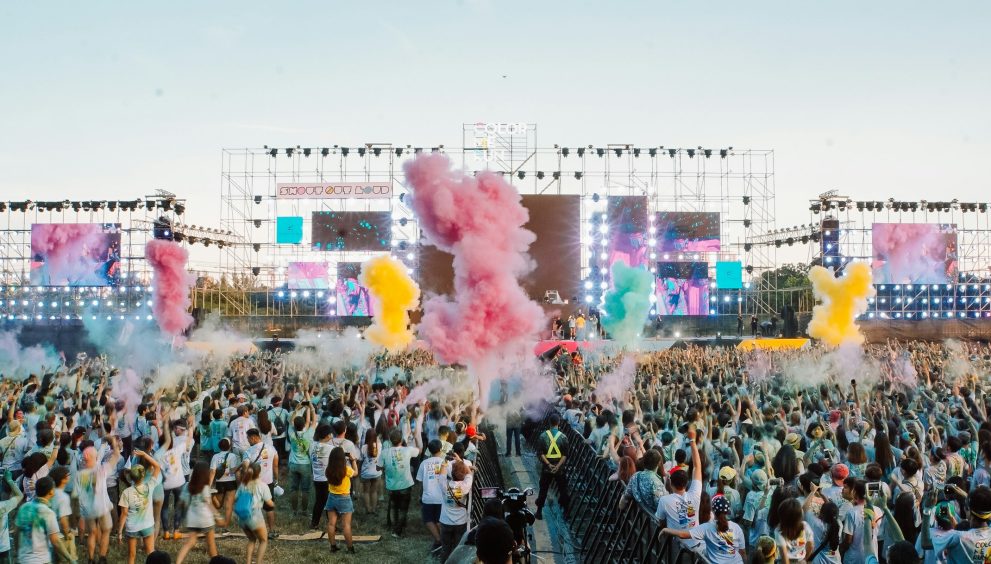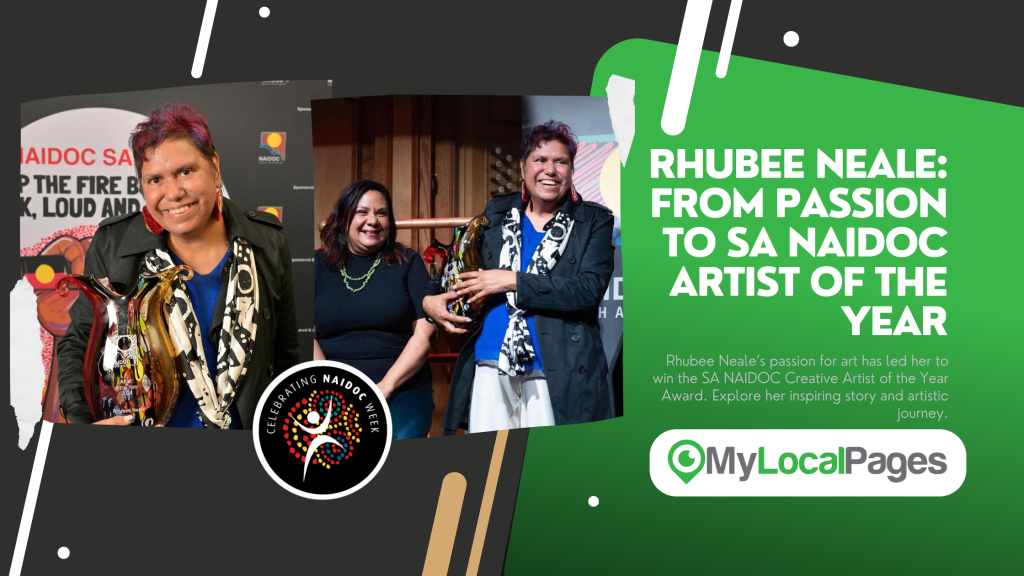Boom! From Counterculture to Mainstream: Australia’s Festival Evolution

Imagine the scene: sun-drenched fields echo with the sounds of unconventional music, vibrant clothes paint the landscape, and the air hums with an electrifying spirit of social change. This wasn’t some utopian dream; it was the countercultural heart that birthed Australia’s now-booming festival scene. So, dust off your tie-dye and grab your swag, because we’re diving into the electrifying journey of Australian festivals, exploring how their countercultural roots shaped their transformation into mainstream powerhouses.
Groovin’ Against the Grain: Counterculture Takes Center Stage
The 1960s and 70s saw Australia simmering with social and political movements. This cultural ferment gave rise to events like the Tamworth Country Music Festival (1967), a celebration of alternative voices defying homogenization. The iconic Nimbin Aquarius Festival (1973) took it a step further, becoming a beacon of countercultural expression, advocating for peace, environmentalism, and alternative lifestyles. These early festivals were DIY affairs, held in rural havens, attracting small, like-minded communities united in their desire to challenge the status quo.
Evolution by Decades: Embracing Diversity, Yet Never Forgetting the Roots
The 80s and 90s saw counterculture’s influence evolve. Festivals like Big Day Out (1992) and Falls Festival (1993) built upon the foundation of inclusivity, embracing a wider range of musical genres. While expanding their reach beyond folk and country, they never strayed far from their rebellious spirit, incorporating rock, electronica, and hip-hop as expressions of social consciousness and artistic freedom. This diversification opened doors to larger audiences and corporate sponsorships, marking the start of a more professionalized approach, but the countercultural spark remained ever-present.
The new millennium saw the rise of mega-festivals like Soundwave (2004) and Future Music Festival (2002), featuring international headliners and impressive production values. However, alongside these behemoths emerged boutique festivals like Splendour in the Grass (1999) and Bluesfest Byron Bay (1997). These niche events thrived on curated lineups and unique atmospheres, each infused with a distinct countercultural flair, keeping the spirit of inclusivity and artistic exploration alive.
Beyond Music: Counterculture’s Legacy Lives On
Today, Australian festivals transcend music. Food and wine festivals like Margaret River Gourmet Escape (1997) challenge conventional norms by celebrating sustainable practices and locally sourced ingredients. Melbourne International Comedy Festival (1987) uses laughter as a tool for social commentary, a direct descendant of the early countercultural desire to use art for change. Wellness festivals like Wanderlust (2012) and Byron Yoga Festival (2014) promote mindfulness and holistic wellbeing, echoing the countercultural emphasis on personal growth and alternative ways of living. This diversification caters to a broader spectrum of interests, demonstrating how the countercultural spirit has permeated and enriched the entire festival landscape.
Counterculture’s Economic Impact: A Cultural Goldmine
The festival industry, born from countercultural seeds, now injects billions of dollars into the Australian economy. This impact goes beyond revenue; it creates jobs, boosts tourism, and supports local businesses. A 2019 report by the Australian Bureau of Statistics highlights the power of music festivals alone, generating $1.3 billion in revenue and $5.8 billion in total economic impact. This economic footprint underscores the significance of festivals, showcasing how countercultural values have blossomed into a powerful force for the nation’s social and economic well-being.
Challenges and the Future: Balancing Growth with the Countercultural Core
Despite the success stories, challenges remain. Concerns about environmental impact, noise pollution, and crowd management necessitate responsible event planning and sustainable practices. Striking a balance between commercial viability and the countercultural ethos of inclusivity and social awareness is crucial for the long-term health of the industry.
Australia’s festival evolution is a testament to the enduring power of countercultural spirit. From their radical roots to their mainstream prominence, festivals have become more than just entertainment; they are social glue, economic drivers, and platforms for diverse expression. As we look to the future, it’s crucial to harness the positive impact of festivals while addressing challenges to ensure their continued success, ensuring that the countercultural flame continues to illuminate the Australian cultural landscape.
Further Exploration:
- Australia Council for the Arts – Festivals
- Live Performance Australia – Festival Statistics
- Forbes – The $10 Billion Business of Australian Music Festivals
So, dust off your dancing shoes, pack your tent, and get ready to experience the magic of Australian festivals. From pulsating beats to mouthwatering delights, there’s an event waiting to ignite your senses and leave you with memories that last a lifetime. Let the music play!












